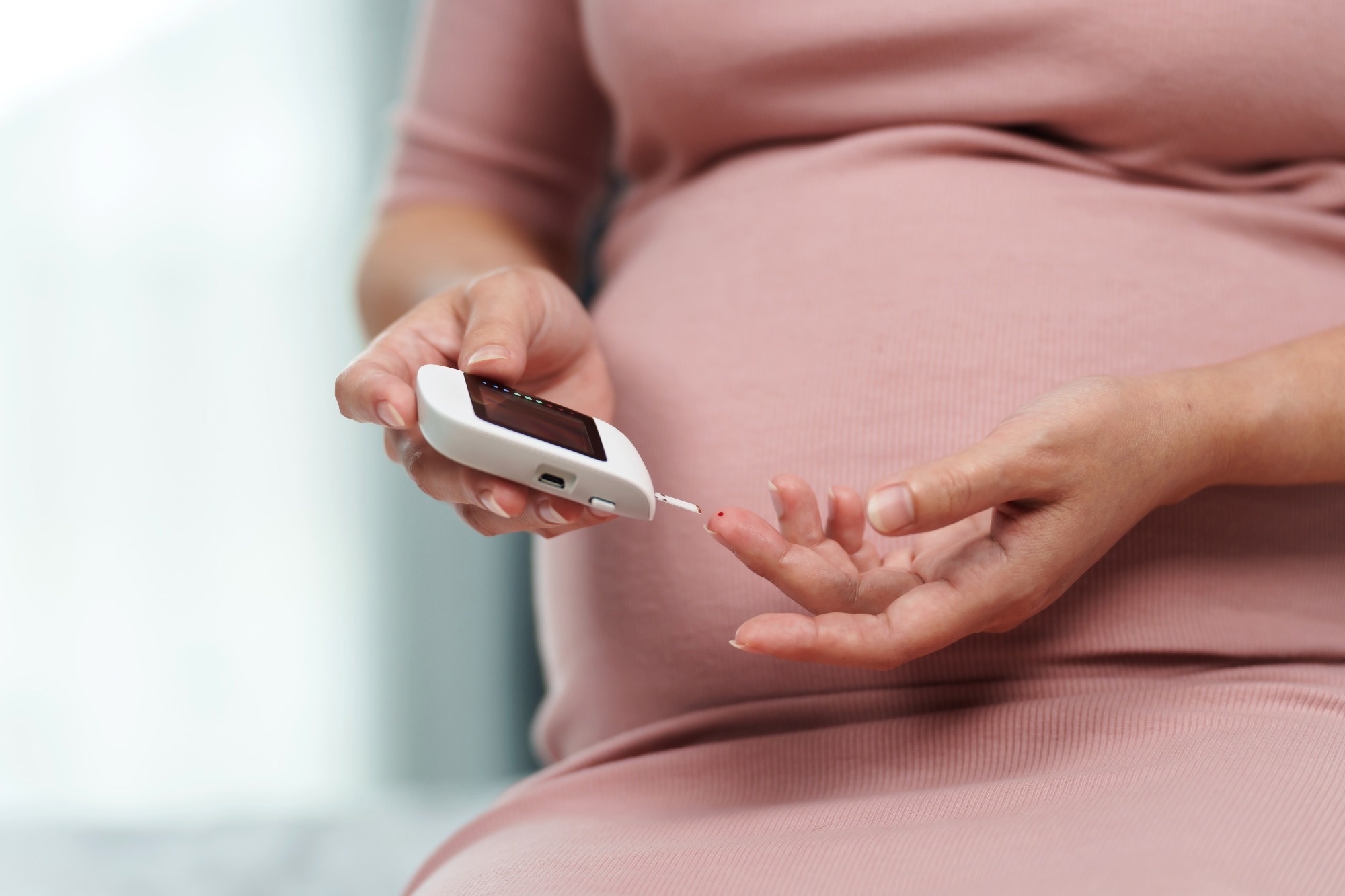Researchers have demonstrated how airborne diseases such as COVID-19 spread along the length of a train carriage and found that there is no ‘safest spot’ for passengers to minimize the risk of transmission.
We hope this research will give people an idea of the types of risk for an airborne disease on public transport.”
Rick de Kreij
The researchers, from the University of Cambridge and Imperial College London, developed a mathematical model to help predict the risk of disease transmission in a train carriage, and found that in the absence of effective ventilation systems, the risk is the same along the entire length of the carriage.
The model, which was validated with a controlled experiment in a real train carriage, also shows that masks are more effective than social distancing at reducing transmission, especially in trains that are not ventilated with fresh air.
The results, reported in the journal Indoor Air, demonstrate how challenging it is for individuals to calculate absolute risk, and how important it is for train operators to improve their ventilation systems in order to help keep passengers safe.
Since COVID-19 is airborne, ventilation is vital in reducing transmission. And although COVID-19 restrictions have been lifted in the UK, the government continues to highlight the importance of good ventilation in reducing the risk of transmission of COVID-19, as well as other respiratory infections such as influenza.
“In order to improve ventilation systems, it’s important to understand how airborne diseases spread in certain scenarios, but most models are very basic and can’t make good predictions,” said first author Rick de Kreij, who completed the research while based at Cambridge’s Department of Applied Mathematics and Theoretical Physics. “Most simple models assume the air is fully mixed, but that’s not how it works in real life.
“There are many different factors which can affect the risk of transmission in a train – whether the people in the train are vaccinated, whether they’re wearing masks, how crowded it is, and so on. Any of these factors can change the risk level, which is why we look at relative risk, not absolute risk – it’s a toolbox that we hope will give people an idea of the types of risk for an airborne disease on public transport.”
The researchers developed a one-dimensional (1D) mathematical model which illustrates how an airborne disease, such as COVID-19, can spread along the length of a train carriage. The model is based on a single train carriage with closing doors at either end, although it can be adapted to fit different types of trains, or different types of transport, such as planes or buses.
The 1D model considers the essential physics for transporting airborne contaminants, while still being computationally inexpensive, especially compared to 3D models.
The model was validated using measurements of controlled carbon dioxide experiments conducted in a full-scale railway carriage, where CO2 levels from participants were measured at several points. The evolution of CO2 showed a high degree of overlap with the modeled concentrations.
The researchers found that air movement is slowest in the middle part of a train carriage. “If an infectious person is in the middle of the carriage, then they’re more likely to infect people than if they were standing at the end of the carriage,” said de Kreij. “However, in a real scenario, people don’t know where an infectious person is, so infection risk is constant no matter where you are in the carriage.”
Many commuter trains in the UK have been manufactured to be as cheap as possible when it comes to passenger comfort – getting the maximum number of seats per carriage. In addition, most commuter trains recirculate air instead of pulling fresh air in from outside, since fresh air has to be either heated or cooled, which is more expensive.
So, if it’s impossible for passengers to know whether they’re sharing a train carriage with an infectious person, what should they do to keep themselves safe? “Space out as much as you reasonably can – physical distancing isn’t the most effective method, but it does work when capacity levels are below 50 percent,” said de Kreij. “And wear a high-quality mask, which will not only protect you from COVID-19, but other common respiratory illnesses.”
The researchers are now looking to extend their 1D-model into a slightly more complex, yet still energy-efficient, zonal model, where cross-sectional flow is characterized in different zones. The model could also be extended to include thermal stratification, which would offer a better understanding of the spread of an airborne contaminant.
The research was funded in part by the Engineering and Physical Sciences Research Council.
Source:
Journal reference:
de Kreij, R.J.B., et al. (2022) Modelling disease transmission in a train carriage using a simple 1D-model. Indoor Air. doi.org/10.1111/ina.13066.













